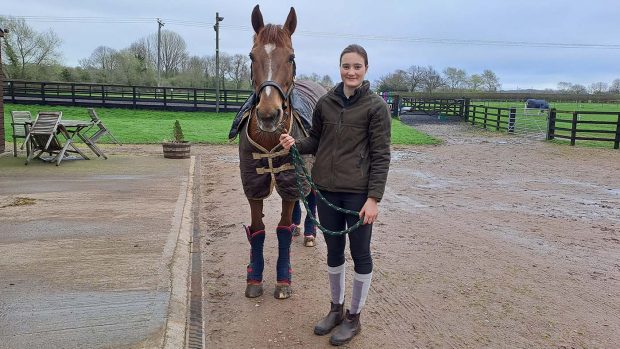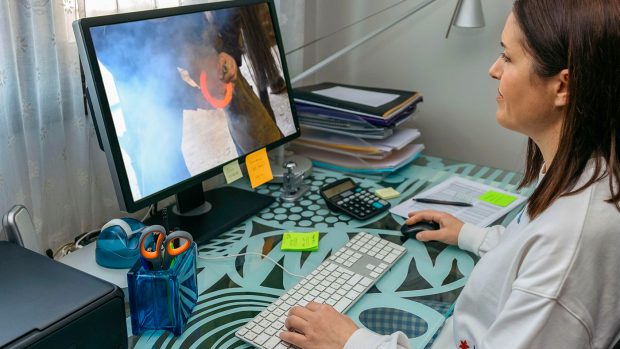Feed
We feed adlib hay or haylage, which is made on the college farm. The hard feed is a mixture of Dengie and Triple Crown products. The majority of horses get Dengie Alfa A-oil and Optimum supplement, which replaces the need for pony nuts or mixes.
Every horse receives salt twice a day, electrolytes in the summer. If they need a bit more energy we add oats, if they need more weight we use barley rings and sugar beet.
Turn-out
All the horses have at least one morning or afternoon in the field a week in groups of three or four. This really does allow them to kick their heels up and get plastered in mud!
We do have a horse-walker but I find that a sharp horse is better loose-schooled — they tend to get more stressed and wind themselves up on the walker.
Bedding
We use rubber matting with a thin layer of Megazorb and either straw or Bed Down over the top. It usually takes most students approximately 10min to do a good job of mucking out each stable, which is great.
Tack and equipment
We have Stübben bridles and Devoucoux saddles, and keep a range of tack, including bib martingales, Aintree breastplates and different boots and bandages, which the students all have to learn how to fit.
Complementary therapies
Most horses work between 10 and 14hr per week, and to help they stay sound and fit we use a range of complementary aids.
We have a warmblood mare who is stiff behind and at night she wears magnetic boots — they’ve really transformed her — and we also have a magnetic rug.
We use a solarium to aid the recovery of sore, tired or tight muscles. We also hot wash them (hot water, surgical spirit and a towel) under the solarium to help clean the coat and remove stable stains. This opens the pores and the surgical spirit hardens the skin.
We use Rescue Remedy for some of the tense horses and as part of our first aid we immediately give arnica to a horse that has been kicked or injured in any way.
All of the horses are massaged, tried with the magnetic boots or rug, lunged in a Pessoa or other form of training aid as case studies for our students.
We also carry out routine passive stretches, where the horse is encouraged to stretch voluntarily. For this task, we sometimes use carrots, which the horses find most enjoyable of all.
|
||
 |
||


 Get up to 19 issues FREE
Get up to 19 issues FREE TO SUBSCRIBE
TO SUBSCRIBE 



